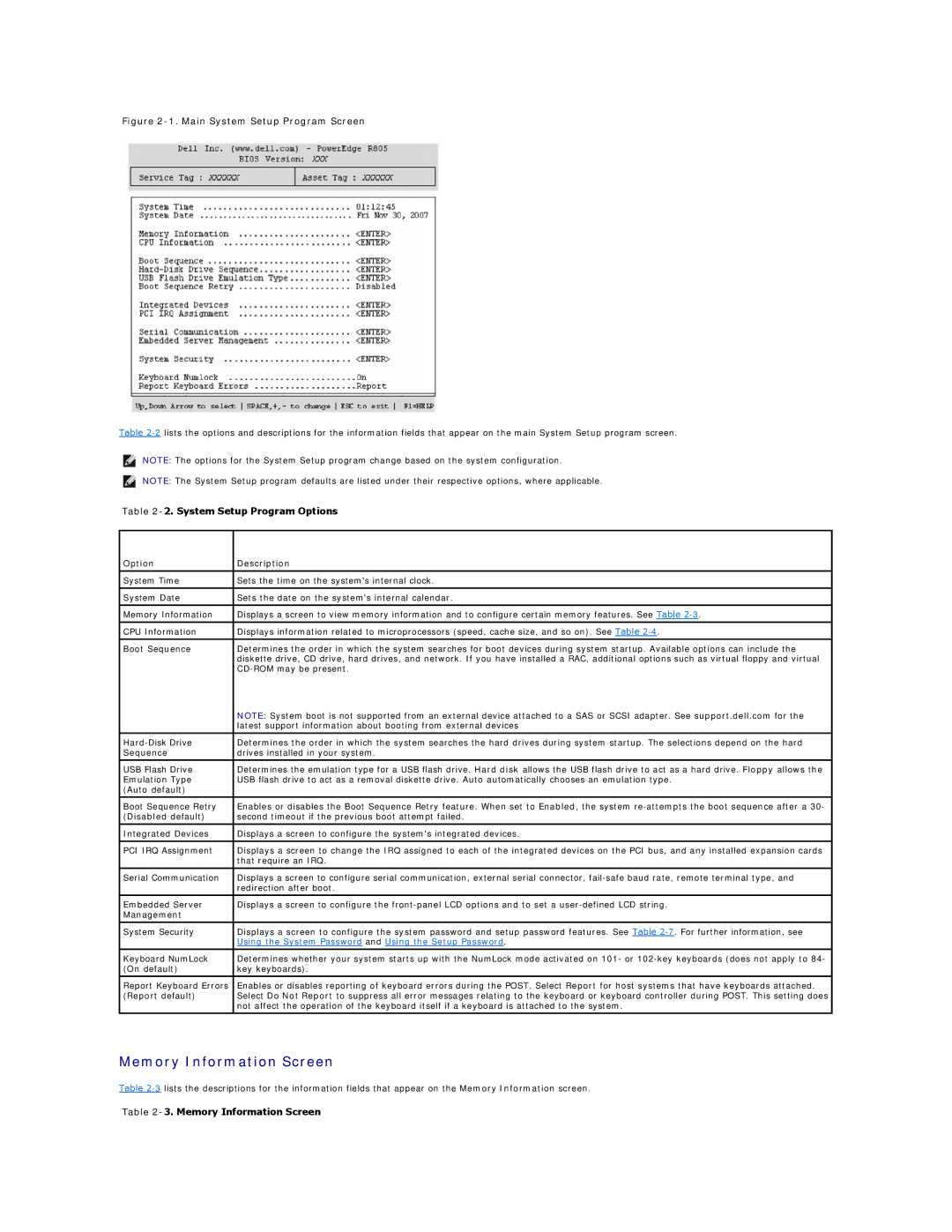
Figure 2-1. Main System Setup Program Screen
Table
NOTE: The options for the System Setup program change based on the system configuration.
NOTE: The System Setup program defaults are listed under their respective options, where applicable.
Table 2-2. System Setup Program Options
Option | Description |
|
|
System Time | Sets the time on the system's internal clock. |
System Date | Sets the date on the system's internal calendar. |
|
|
Memory Information | Displays a screen to view memory information and to configure certain memory features. See Table |
|
|
CPU Information | Displays information related to microprocessors (speed, cache size, and so on). See Table |
|
|
Boot Sequence | Determines the order in which the system searches for boot devices during system startup. Available options can include the |
| diskette drive, CD drive, hard drives, and network. If you have installed a RAC, additional options such as virtual floppy and virtual |
| |
| NOTE: System boot is not supported from an external device attached to a SAS or SCSI adapter. See support.dell.com for the |
| latest support information about booting from external devices |
|
|
Determines the order in which the system searches the hard drives during system startup. The selections depend on the hard | |
Sequence | drives installed in your system. |
|
|
USB Flash Drive | Determines the emulation type for a USB flash drive. Hard disk allows the USB flash drive to act as a hard drive. Floppy allows the |
Emulation Type | USB flash drive to act as a removal diskette drive. Auto automatically chooses an emulation type. |
(Auto default) |
|
|
|
Boot Sequence Retry | Enables or disables the Boot Sequence Retry feature. When set to Enabled, the system |
(Disabled default) | second timeout if the previous boot attempt failed. |
|
|
Integrated Devices | Displays a screen to configure the system's integrated devices. |
PCI IRQ Assignment | Displays a screen to change the IRQ assigned to each of the integrated devices on the PCI bus, and any installed expansion cards |
| that require an IRQ. |
|
|
Serial Communication | Displays a screen to configure serial communication, external serial connector, |
| redirection after boot. |
|
|
Embedded Server | Displays a screen to configure the |
Management |
|
|
|
System Security | Displays a screen to configure the system password and setup password features. See Table |
| Using the System Password and Using the Setup Password. |
|
|
Keyboard NumLock | Determines whether your system starts up with the NumLock mode activated on 101- or |
(On default) | key keyboards). |
|
|
Report Keyboard Errors | Enables or disables reporting of keyboard errors during the POST. Select Report for host systems that have keyboards attached. |
(Report default) | Select Do Not Report to suppress all error messages relating to the keyboard or keyboard controller during POST. This setting does |
| not affect the operation of the keyboard itself if a keyboard is attached to the system. |
|
|
Memory Information Screen
Table
